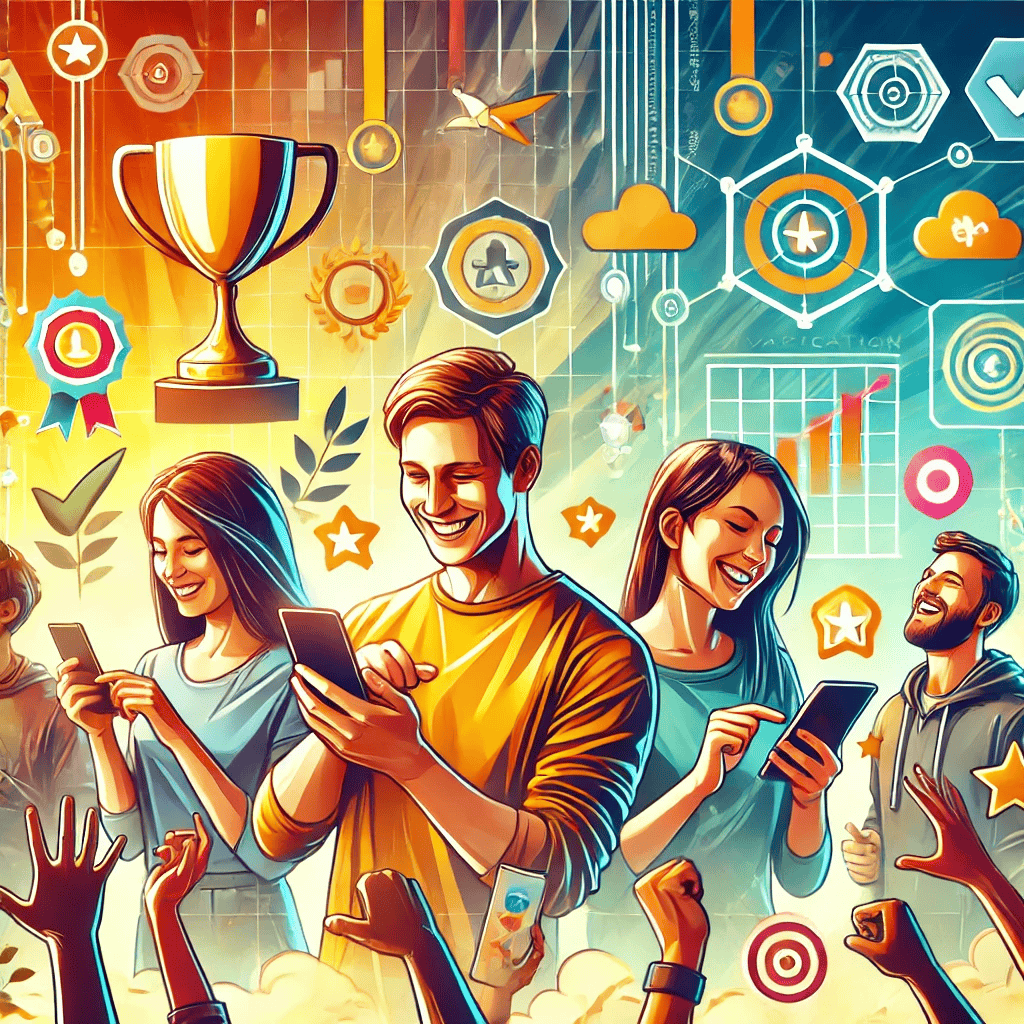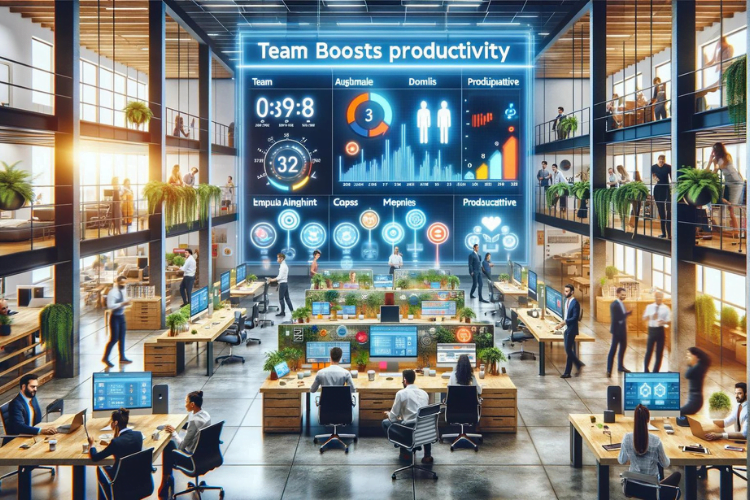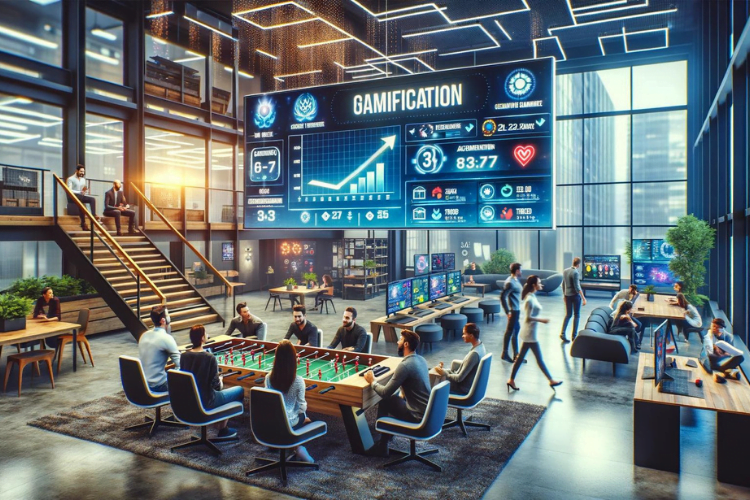Boost Customer Loyalty with Gamification Strategies

Customer loyalty is more than a buzzword in today’s competitive marketplace. For businesses, it’s the holy grail of sustainable growth and profitability. While traditional loyalty programs often rely on discounts, points, and rewards, a growing body of research shows that gamification can redefine the way companies engage and retain their customers. By incorporating elements of game design into customer interactions, businesses can transform mundane transactions into immersive, loyalty-building experiences.
In this post, we’ll explore the psychology behind gamification, the science of customer engagement, and how Motivacraft can help organizations craft innovative strategies to foster customer loyalty.
The Psychology Behind Gamification for Customer Loyalty
To understand why gamification is so effective, we need to dive into human psychology. At its core, gamification taps into intrinsic and extrinsic motivators—the same mechanisms that drive human behavior. By adding game-like elements such as challenges, rewards, and social competition, companies can create experiences that resonate with customers on a deeply emotional level.
Intrinsic Motivation: The Power of Fun and Fulfillment
Intrinsic motivation arises from an individual’s internal desire to perform an activity for its inherent enjoyment or fulfillment. Gamification for customer loyalty leverages intrinsic motivators by making interactions engaging and rewarding. For example:
- Progress Tracking: Customers feel accomplished when they see visible progress, such as leveling up in a loyalty tier or completing a challenge.
- Personalization: Customizing rewards and experiences makes customers feel valued, satisfying their need for recognition and belonging.
Extrinsic Motivation: Rewards That Keep Customers Coming Back
Extrinsic motivators, on the other hand, involve external rewards such as discounts, badges, or points. When strategically paired with intrinsic motivators, these rewards create a powerful loop that encourages customers to remain engaged with a brand.
Scientific Insight: According to research published in the Journal of Consumer Psychology, loyalty programs that blend intrinsic and extrinsic rewards are more effective at fostering long-term engagement. Gamification for customer loyalty strikes the perfect balance between these two types of motivation.
How Gamification Enhances Customer Loyalty Programs
1. Turning Transactions into Experiences
Traditional loyalty programs often focus on transactional rewards—spend X amount, get Y points. While effective to an extent, these programs lack emotional engagement. Gamification changes the narrative by transforming transactions into engaging experiences. For instance:
- Interactive Challenges: Encourage customers to complete tasks, like checking in at a store or sharing their favorite product on social media, to earn rewards.
- Achievement Badges: Award digital badges for milestones like “First Purchase,” “Referral Master,” or “Loyalty Legend.”
2. Encouraging Continuous Engagement
Consistency is key in building loyalty. Gamification keeps customers coming back by providing consistent engagement opportunities:
- Daily Rewards: Offer incentives for daily app usage or interactions, creating habitual engagement.
- Leaderboards: Foster friendly competition among customers by displaying top earners or most active participants.
3. Building Emotional Connections
A strong emotional connection with a brand significantly boosts customer loyalty. Gamification helps forge these connections by:
- Storytelling: Weave a compelling narrative that ties gamified elements together. For example, customers could “embark on an adventure” to unlock exclusive rewards.
- Community Building: Incorporate social elements, such as team challenges or sharing achievements, to foster a sense of belonging.
The Role of Motivacraft in Gamification for Customer Loyalty
Motivacraft specializes in helping organizations design gamified experiences that align with their business objectives. Here’s how Motivacraft can revolutionize your customer loyalty strategy:
1. Customizable Gamification Frameworks
Motivacraft provides businesses with customizable frameworks to implement gamification seamlessly. Whether you’re a retail store looking to enhance your loyalty app or a service provider aiming to improve client retention, Motivacraft offers tailored solutions.
2. Data-Driven Insights
Motivacraft uses advanced analytics to measure the effectiveness of gamified loyalty programs. This data helps organizations:
- Identify which gamification elements resonate most with customers.
- Optimize reward structures to maximize engagement.
- Continuously refine strategies for long-term success.
3. Personalization at Scale
With Motivacraft, businesses can deliver personalized gamified experiences that cater to individual customer preferences. From unique reward recommendations to tailored challenges, personalization ensures that every interaction feels meaningful.
4. Integration with Existing Systems
Motivacraft integrates effortlessly with existing CRM and loyalty platforms, allowing businesses to enhance their current systems without starting from scratch.
The Science of Gamification: Why It Works
The Dopamine Effect
Gamification triggers the release of dopamine—the brain’s reward chemical. Each time a customer earns a reward, levels up, or achieves a milestone, they experience a dopamine hit, reinforcing the behavior and encouraging repeat engagement.
The Endowment Effect
The endowment effect suggests that people value things more highly once they own them. Gamification leverages this by giving customers a sense of ownership over their progress, such as accumulated points or personalized avatars.
The Zeigarnik Effect
This psychological phenomenon states that people are more likely to remember incomplete tasks. Gamification leverages this by encouraging customers to return and complete challenges or goals.
Best Practices for Implementing Gamification for Customer Loyalty
1. Start Simple
Begin with basic gamification elements, such as points and badges, before adding more complex features. Simplicity ensures ease of adoption for customers.
2. Align with Brand Values
Ensure that gamified elements align with your brand’s mission and values. For example, a fitness brand might focus on health-related challenges and rewards.
3. Keep It Fair
Avoid making gamification feel like a chore or a competition customers can’t win. Balance difficulty levels to maintain engagement without causing frustration.
4. Regularly Update Content
Fresh challenges, rewards, and features keep customers engaged over time. Stagnant programs risk losing their appeal.
5. Leverage Technology
Use platforms like Motivacraft to streamline the implementation and management of gamified loyalty programs.
Conclusion
Gamification for customer loyalty is more than a passing trend; it’s a scientifically-backed approach to building lasting emotional connections with customers. By turning routine interactions into engaging experiences, businesses can foster deeper loyalty and drive long-term success.
Motivacraft stands at the forefront of this transformation, offering the tools and expertise organizations need to create impactful gamified strategies. Whether you’re just starting out or looking to enhance your existing loyalty program, Motivacraft can help you unlock the full potential of gamification.
Start building unshakable customer loyalty today with gamification—and let Motivacraft guide you every step of the way.


